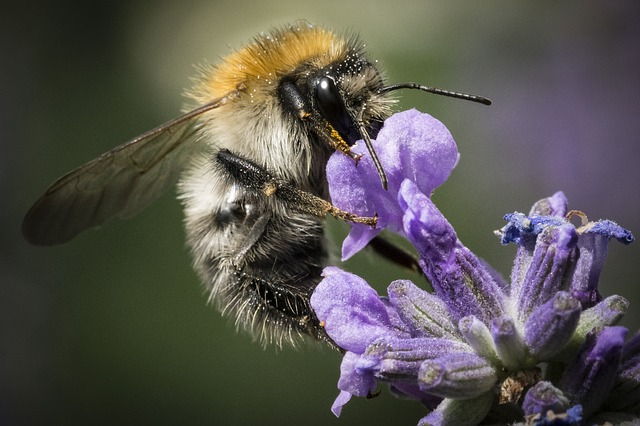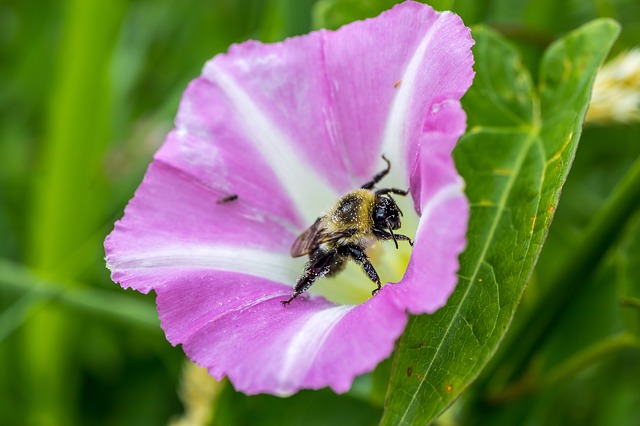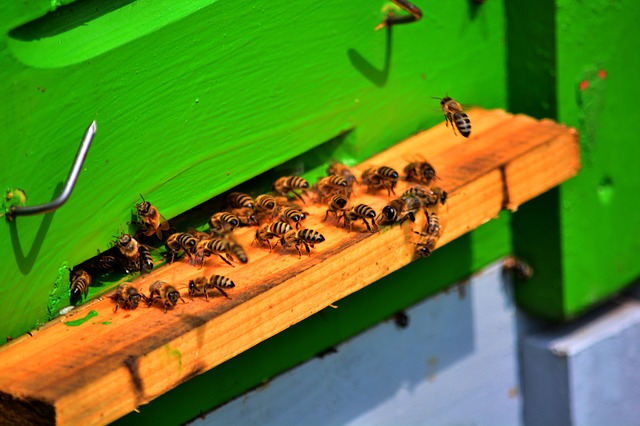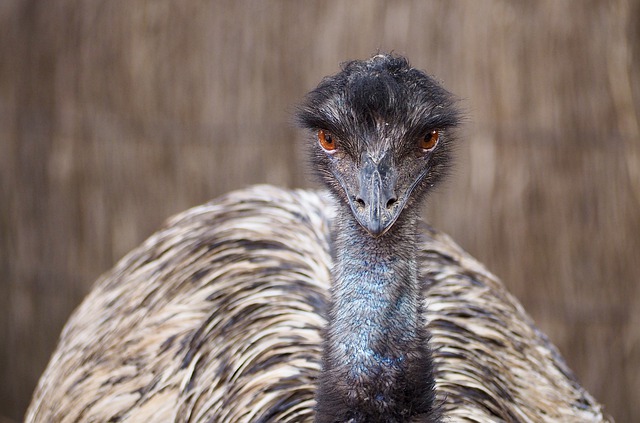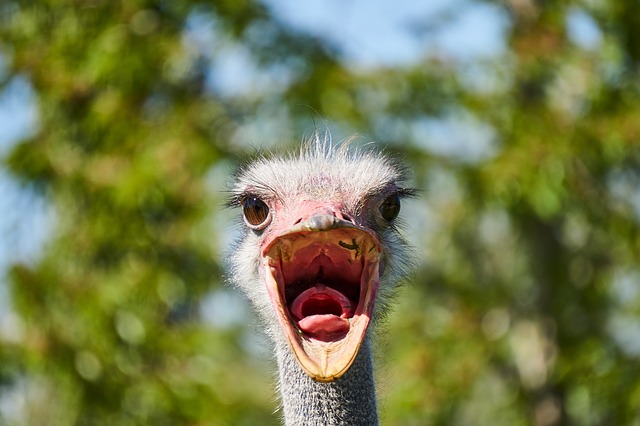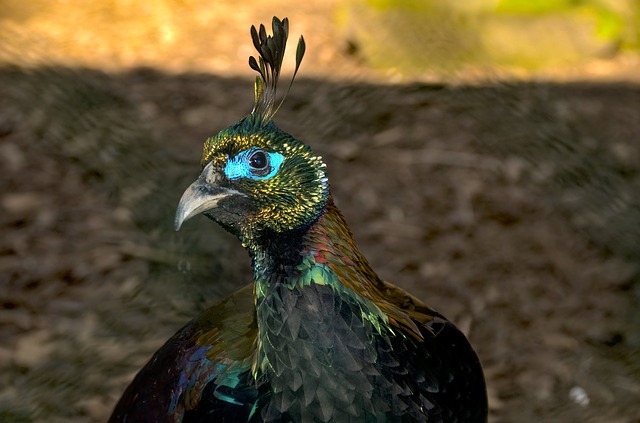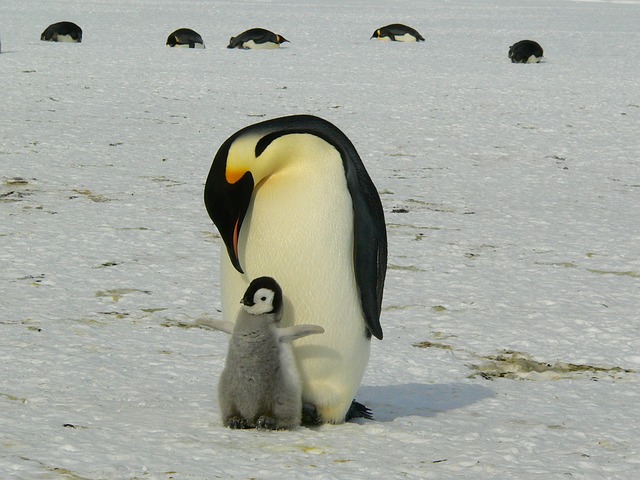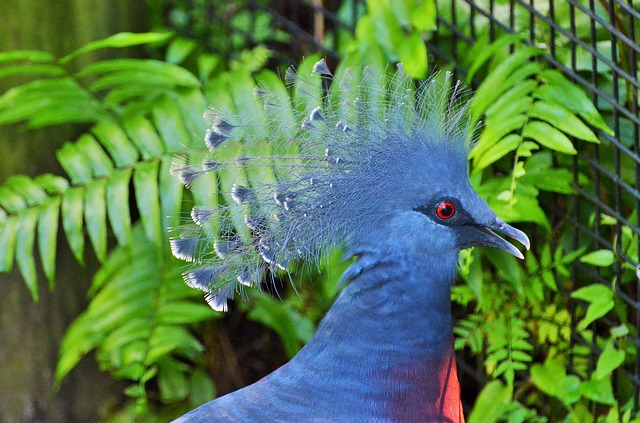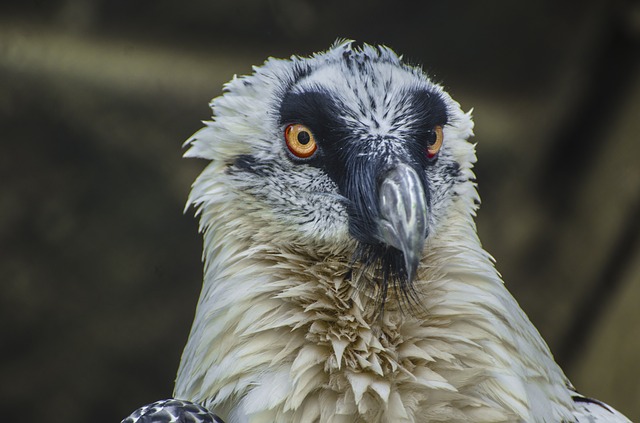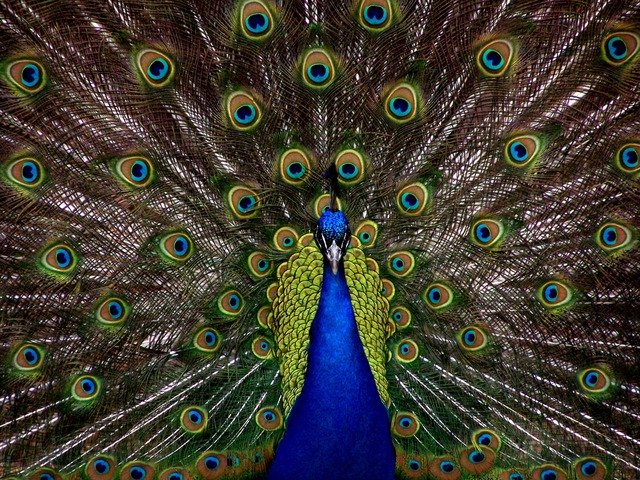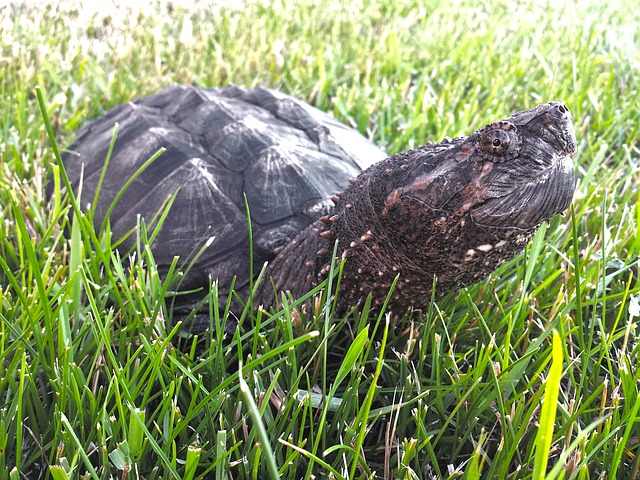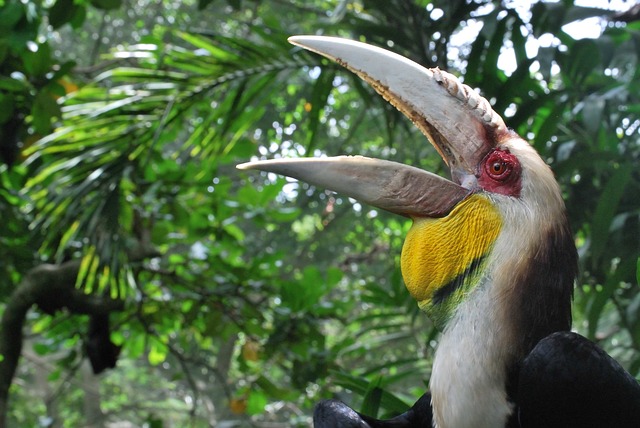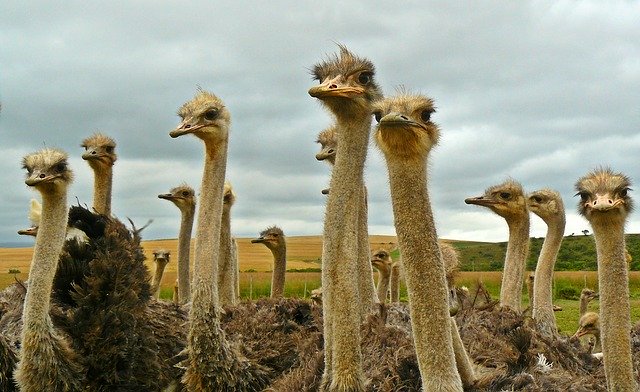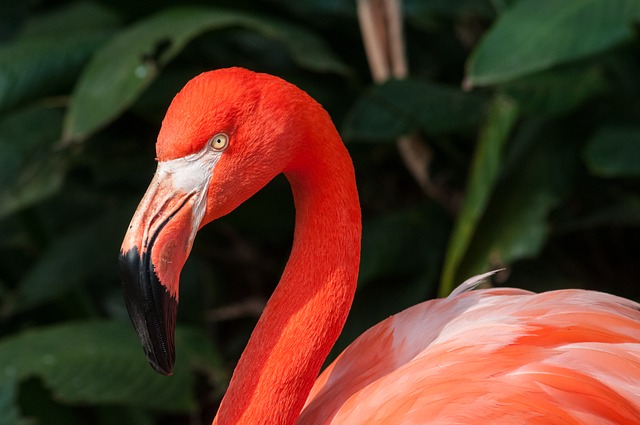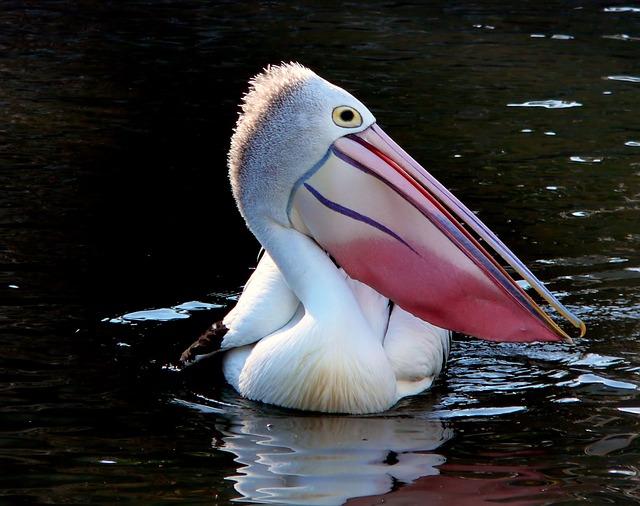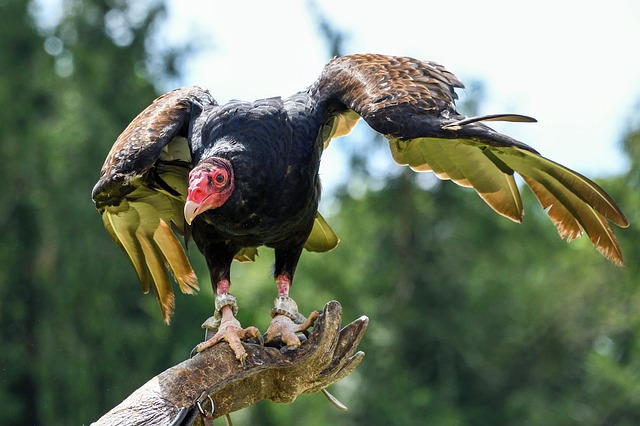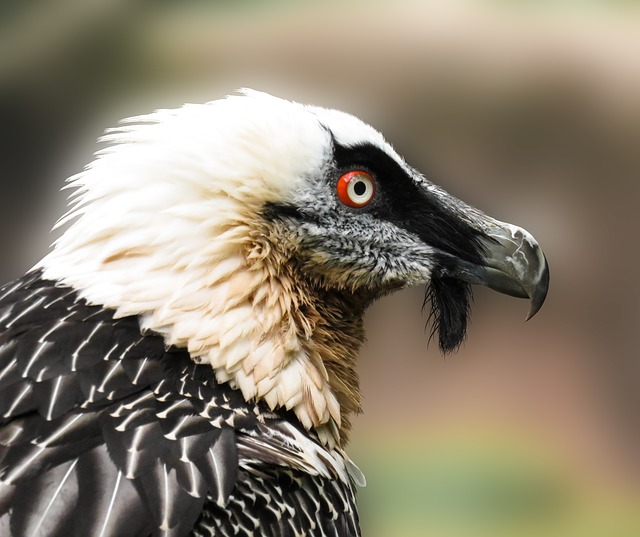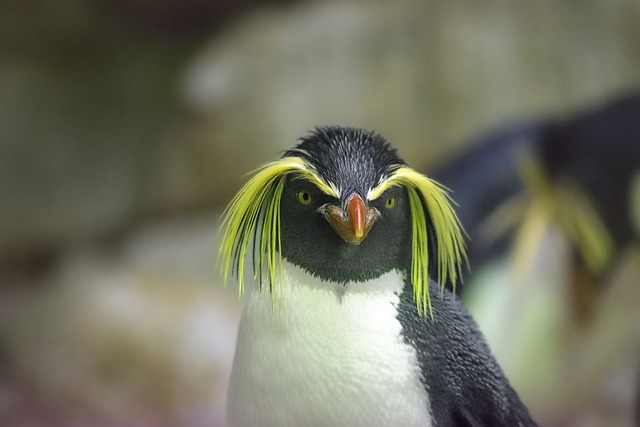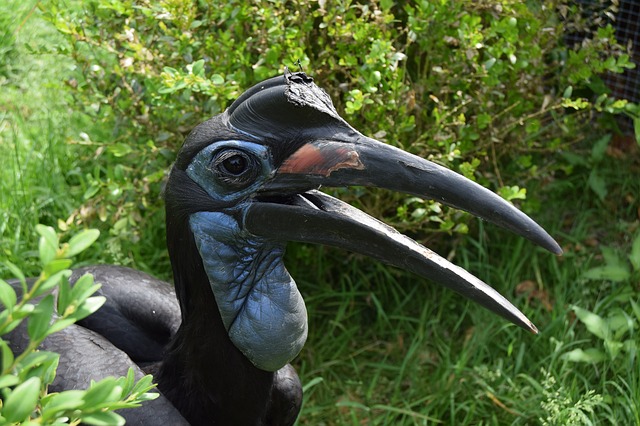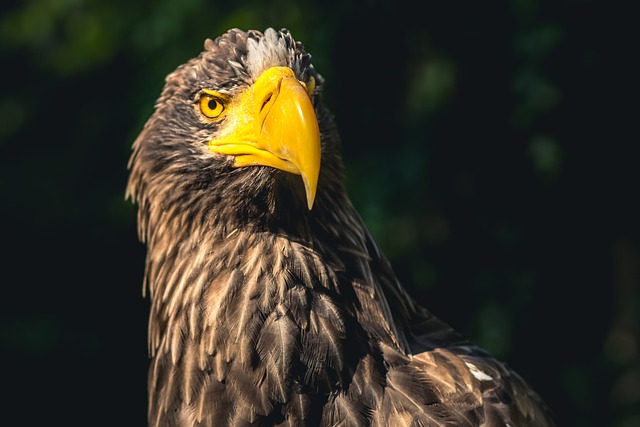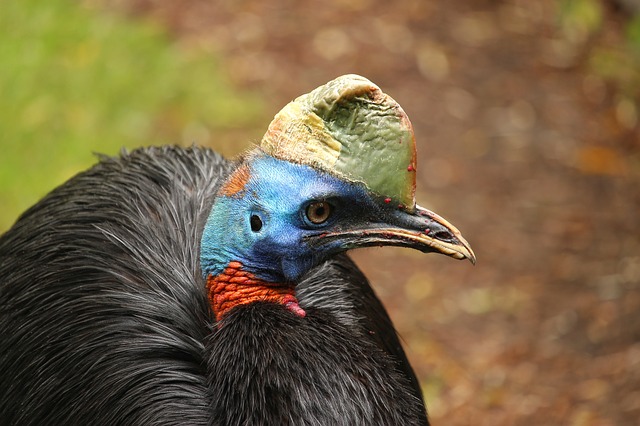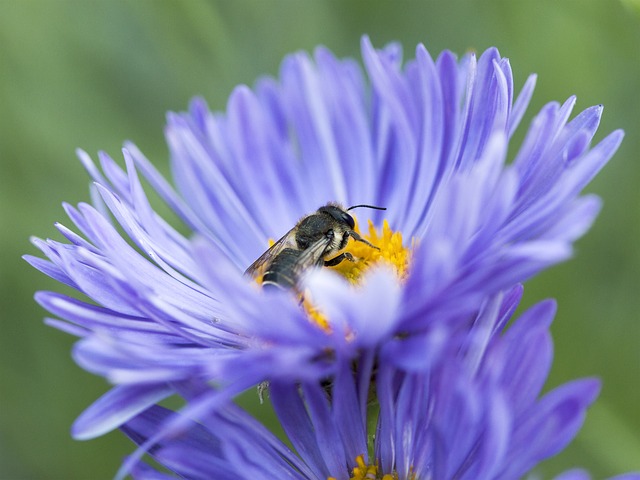
Chances are if you’ve been paying even a little bit of attention, you’ve heard about the “beepocalypse.” Depending on the source, you’ve likely seen varying levels of concern. While some experts are simply following the phenomenon, others are downright alarmed.
Regardless of who you ask, there are a few inarguable truths one must understand about the state of bees across the world. It’s entirely true, for example, that bees have been disappearing at much higher rates than usual for more than a decade. It’s also undeniable that we need bees. In addition to playing a major role in the food chain and helping to maintain a stable natural environment, bees are primarily responsible for pollinating our food supply.
There are also factors about which we are less certain. Scientists disagree about what’s causing Colony Collapse Disorder, for instance. Some think it’s an epidemic of parasites, while others blame pesticides like neonicotinoids. Many blame climate change. Another theory is that it’s a combination of all these factors.
Aside from all the semantics surrounding where the bees are going and why they’re leaving, there’s one thing everyone agrees on: we can help. From supporting local beekeepers to becoming a beekeeper yourself, there are a slew of ways to help the bee population.
The most popular option by far has been for regular folks like you and me to plant pollinator-friendly gardens in our own backyards. From elementary school students to avid gardeners, concerned citizens far and wide are dedicating themselves to making space for bees and other beneficial insects, providing them with an area all their own in the midst of the general population.
The best thing about these plots affectionately referred to as “bee gardens,” is that they are easy to plant and even easier to care for. Just follow these three simple rules:
Pick The Right Location
Bees, like most wildlife, prefer natural and unmanicured settings. Pick a location at the edge of your property where the blooms can grow freely and close together to prevent unnecessary travel between plants. You should also be sure to leave some dirt uncovered by mulch or foliage so solitary bees can nest.
Finally, bees need water. Muddy puddles are preferable, as they contain salt and minerals from the soil, but small containers of water can work as well. Just be sure to empty and refill the container regularly in order to prevent mosquito larvae and other backyard pests from hatching.
Choose Your Blooms Wisely
The most successful bee gardens include 10 or more different species of plants. Choosing a wide variety of flowers will also attract a wider variety of bees. To keep it simple and cost-effective, plant perennials (flowering plants that return year after year), as opposed to annuals which die after one season.
To reduce maintenance and ensure survival, choose plants native to your area. Or, if you’d prefer to let the experts do the work for you, order a pre-designed bee garden seed kit online.
Steer Clear Of Pesticides
Most pesticides are just as harmful to bees as they are to nuisance insects. Even “natural” solutions will kill the beneficial garden insects you are trying to attract and protect. For this reason, you should avoid using any pesticides in or around your bee garden. If you need to control pests elsewhere on your property, take care to avoid all flowering plants. You should also apply the solution at sundown, after peak bee activity.
It’s that simple. And the best part? It’s working. Thanks to pesticide regulation, improved beekeeping practices, and yes, bee gardens, bee populations have rebounded over the past several years. Still, in order to maintain honeybee health and the foods that they pollinate for us, we have to continue to do our part. So let’s get planting!
Start Shopping for Bee Keeping Supplies!
Flightless Australian Birds
There are over sixty species of flightless birds in the world. These birds have lost their capability to fly through evolution, and several of them live in the “land Down Under.” So here’s a list of all the flightless Australian birds. Emu The emu is a large...
The Most Dangerous Birds In The World
Most bird species are harmless, although there is a handful that can seriously injure or even kill you. And while the chances you’ll have a run-in with an aggressive winged beast is low, for safety’s sake (or your own curiosity) you’ll want to know more. So here’s a...
Iridescent Birds
Iridescent birds have plumage that can appear to change color depending on the angle at which you are looking at them. This makes these special birds not only unique but also oftentimes amazingly beautiful. So here are the top iridescent bird species you’ll want to...
Flightless Birds
There are many bird species that have lost the ability to fly due to evolution. While you may be familiar with some of them already, the odds are that there are quite a few which you aren’t. So here are some of the top flightless birds and what you’ll want to know...
Birds With Hair
Many bird species can look as if they have hair on their heads. While that “hair” is really made up of feathers they are nevertheless fun to look at. So here are some of the most interesting and unique looking and birds with “hair,” you’ll ever see. Silver Pheasant...
Bearded Birds
Birds with beards are always an interesting sight. And while they may not have real facial hair like us humans, it can often look like it. So here are some of the top bearded birds and what you’ll want to know about them. Wild Turkey The male wild turkey has a beard...
Cool Looking Birds
With so many different bird species on the planet, they really come in a wide variety of shapes, sizes, colors, and other physical characteristics. And some bird species are just much more interesting in appearance than others. The following are some cool looking...
Birds With Long Pointed Beaks
Bird beaks come in a wide range of shapes and sizes. Yet while they may not be as common as other types, birds with long pointed beaks have some of the most unique and specialized beaks in the world. So here’s a list of the longest and pointiest beaks in the business...
Snapping Turtle Facts
The common snapping turtle is known for its aggressive attitude and powerful jaws. There are many amazing things you’ll want to know about these large and ornery reptiles. So here are some of the top common snapping turtle facts. They Aren’t Picky Eaters The common...
Birds With Huge Beaks
There is an enormous variety of bird species on the planet. And while many have stunning colors or plumage, there are only a handful of birds with huge beaks. The following birds have some of the largest beaks on the planet. Toucan Toucans can have beaks that are as...
Ostrich Facts
The ostrich is a unique bird that is famous for its enormous size. But there are many more things you’ll want to know about this unusual-looking species. So here are some of the most amazing ostrich facts. Ostriches Live In Groups With more eyes on the lookout for...
Pink Bird Species
There’s just something special about pink plumage. Not only does it stand out visually, but the fact that it’s quite rare in the world of birds makes it even more extraordinary. So here are some of the coolest-looking pink bird species you’ll want to check out. Galah...
Birds With Strange Beaks
Birds with strange beaks can look totally bizarre. However those weird looking beaks are actually highly specialized tools. So here are some of the birds with the strangest beaks of all, along with what you'll want to know about them. Spoonbill Spoonbills are wading...
Birds That Look Like Turkey Vultures
The turkey vulture is a large and unique-looking scavenger. It has a featherless red head and dark plumage. However, despite its distinct appearance, there are a handful of other birds that look like turkey vultures. The following are the most similar-looking species....
Birds That Look Like Penguins
Penguins are flightless birds that typically have black and white plumage. They are top-notch swimmers that are only found in the Southern Hemisphere. However, there are quite a few other birds that are often confused with them. So here’s a list of birds that look...
Scary Looking Birds
There are many bird species that are known for their incredible beauty. Yet there are a few that are instead famous for their frightening appearance. So here are some scary looking birds you’ll want to check out. Shoebill The shoebill is a truly prehistoric looking...
Crazy Looking Birds
There is an unbelievable number of bird species on the planet. And that means that there are a few that are bound to stand out in terms of their looks. So here are some crazy-looking birds, that you’ll not only be shocked to see but that you’ll want to learn more...
Prehistoric Looking Birds
The birds we see today evolved from dinosaurs. Many species have changed so much that they don’t really resemble their ancestors much at all. Yet there are still a handful of birds that look as if they have stepped right out millions of years in the past. So here are...
Dinosaur Looking Birds
Modern-day birds are generally accepted to have evolved from dinosaurs. And there are many species that even today still have a prehistoric appearance. So here are some of the most dinosaur-looking birds on the planet. Stellar’s Sea Eagle With their sharp talons and...
Cassowary Facts
The cassowary is a unique-looking flightless bird native to Australia, Papua New Guinea, and Indonesia. And there are many fascinating things about them. So here are some of the most interesting cassowary facts. It's The Most Dangerous Bird On The Planet The cassowary...
